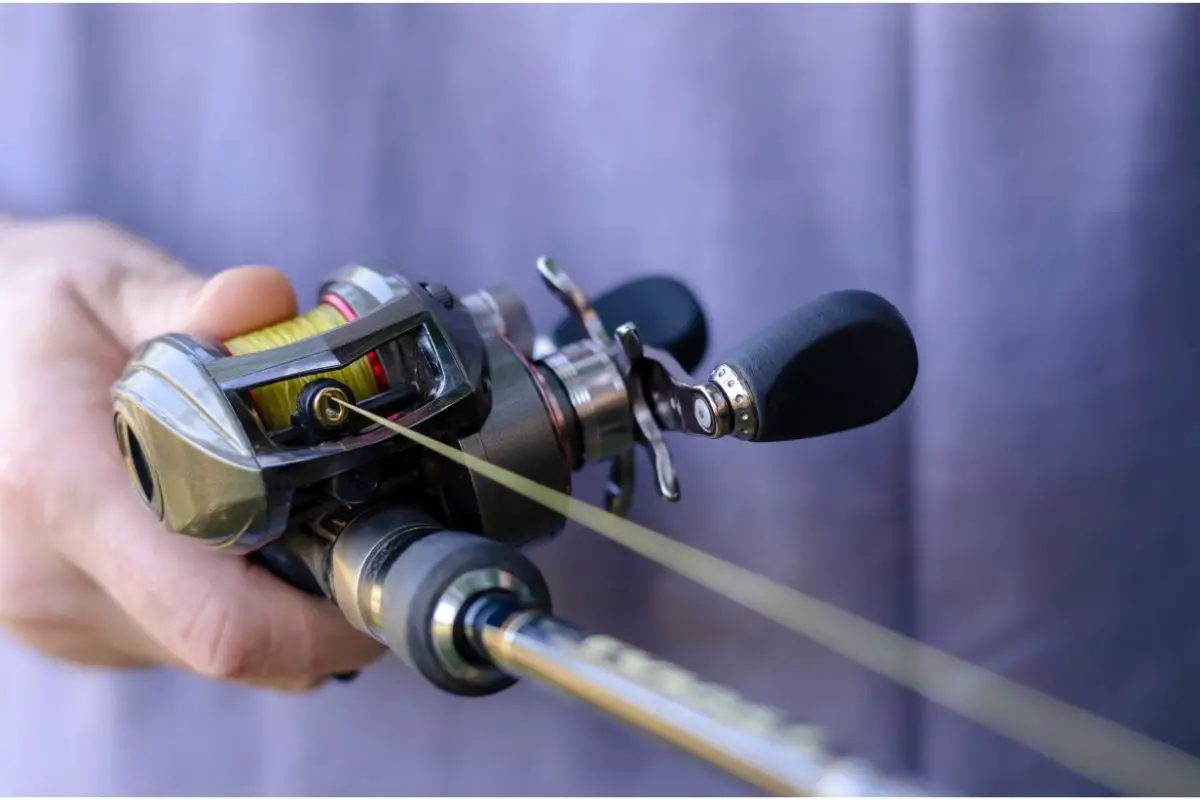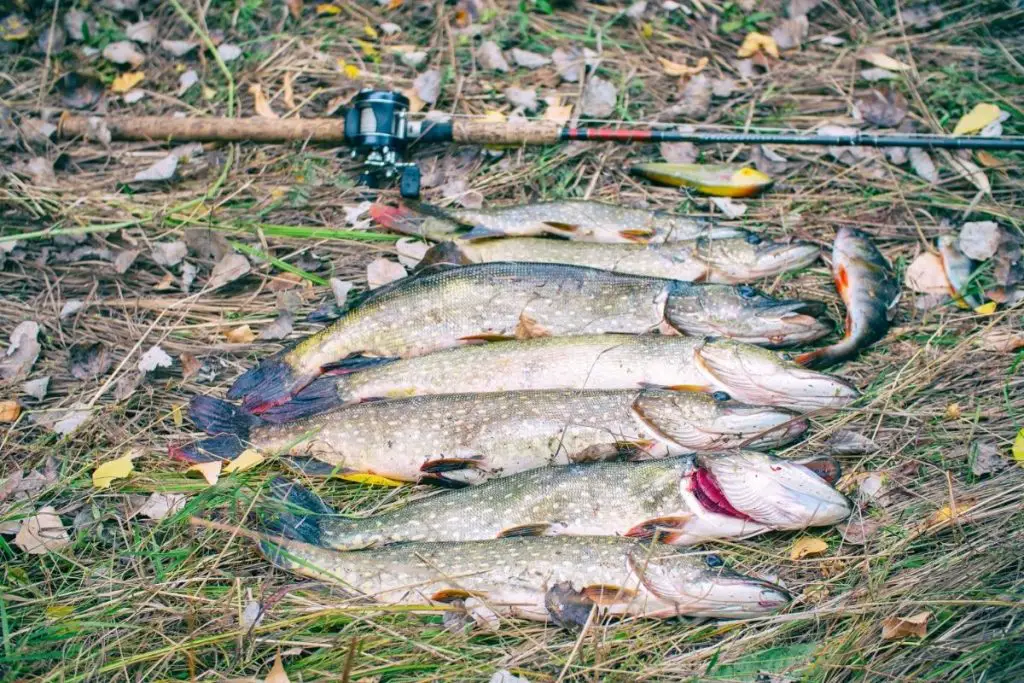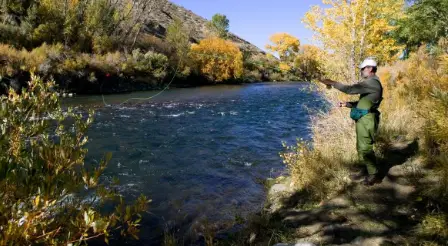Fishing is not quite as easy as it looks. Most of us have a few difficult decisions to make when we first start fishing. One of these difficult decisions is which reel to use. We have so many options. From spincasts, baitcasters, or spinning reels!
Every reel will have its own pros and cons. Yet, baitcasters are optimal reels to use for heavy lines and heavy lures, yet they are also a tricky reel type to master using, as the reel with these will turn as you cast.
These reels need some closer attention and care than your standard spincast reels and spinning reels. So, before you decide to get out on the water with one of these, you need to know how to work these.
As you may know if you are an avid angler, the last thing you want when you are in action on the water is trouble with your line. Any backlash, twists and so on can really put a dampener on your day.
This is why not only do you need to line your baitcaster well, but spool it well too! So, let’s get down to business!
What Do You Need?
So, let’s start off by putting together our shopping list! We need to make sure we have everything we need to line our baitcaster and spool our reel properly!
- Your rod.
- Your reel.
- A pencil.
- Scissors.
- A friend or family member.
- Your fishing line (we recommend monofilament).
If you can’t find someone to help you then don’t worry, if you need help spooling your reel, you can always get yourself a spooler to do the job of another person for you!
Step-By-Step
Now, once you have everything on your list, it is time to get to work.
- Start off by feeding your line through the lowest eyelet on your rod, be careful and gentle with this and take your time, there is no need to rush! Once you have done this you need to attach your line to the spool, feeding it through the front side of your reel.
- Now, you will want to slowly wrap the line carefully round your spool then make a gentle knot around the primary line, we recommend an overhand knot.
Tie your overhand knot up at the end of your line, and pull on the line until both of the knots you have made tighten against your spool.
- Gently trim off the end of the line, and start to spool your reel. If you have a friend or family member on hand, this is when they come in. You need to take that pencil we mentioned and put it through a hole in your filler spool.
Have the other person hold the line tight and vertical and start to place tension on your line as you start to reel your spool. In the case that you do not have a person on hand, use a spooler to do the job of the other person as you complete the reeling process.
- Remember we said that one of the biggest banes in any anglers’ life is line problems? As you do this process, you will be trying to prevent these issues, so you want to ensure that your line will come off the spool just as it has gone on.
This means that as your spool fills from the bottom to the top, you want it to come off top to bottom. Now continue to do this as you fill up the reel, but do not fill it entirely. This may take some time, so be sure to take time to do it, and do not rush. That is how you end up with difficulties.
- Now that you have filled your spool, be sure to leave a good ⅛” from the end of your spool, this will let you cast your line smoothly and with ease.
Now, you are all finished. All you need to do is trim the line from its pack and thread your line through the remaining eyelets on the fishing rod. Ta-da!
Make Sure To Avoid Backlash!

Tyger Leader is reader-supported and may earn a commission when you book or purchase using our links. Learn more about our affiliate disclaimer here.
We have told you how to line your baitcaster, however, we want to also mention how you can prevent baitcaster specific problems.
Baitcasters are great to use, but they are not without their downfalls. One of their biggest downfalls is when they backlash. You may have heard of this before, as many anglers name it ‘a bird’s nest’, because it resembles one.
Backlash happens when the lure strikes the water as you cast, however, the spool does not stop spinning and it ends up creating a mess of your line inside the water. Which, no one wants to see.
It is not entirely preventable, but you can do some things to help reduce the likelihood of it happening to you.
- Try using heavier lures. Doing so will help to take the line out at a great enough speed to keep up with the speed of your reel.
- Try using a shorter rod if this happens a lot, shorter rods provide you with more control.
- Never cast into the wind, wind can make the bait slow while your reel is still going at full speed.
- Keep to entry-level baitcasting reels. They are less expensive, and they will also have more systems to prevent backlash.
- Finally, adjust the braking system of your reel to the highest setting. This will keep your casts short and sweet and the probability of bird’s nests less.
To Conclude
While it takes some time to perfect the art of lining your baitcasting reel, it will come with practice. Make sure that you have everything you need, including time to do this, as it will take time and rushing can lead to problems.
Fishing can be great fun and really relaxing, and baitcasting reels can be one of the best set-ups. They are not necessarily the best for beginners, but if you like a challenge and to learn from experience, give it a go!



